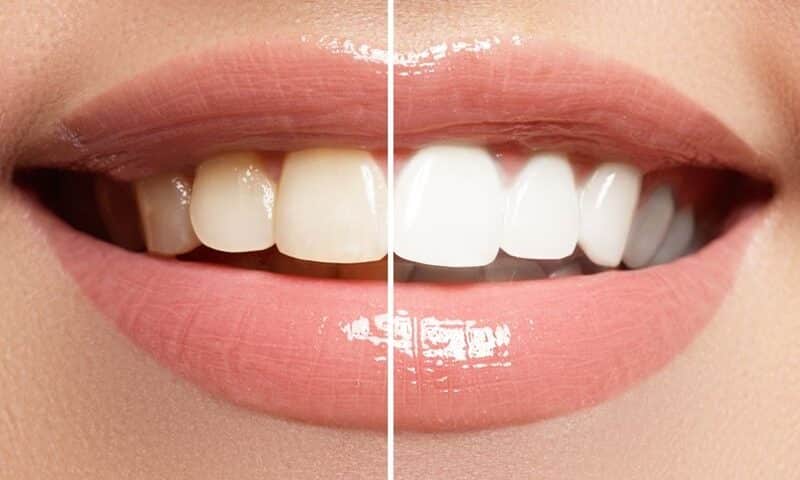A bright, sparkling smile is often associated with confidence and good oral hygiene. Teeth whitening has become a popular cosmetic dental procedure to enhance the appearance of teeth. But have you ever wondered how teeth whitening works? In this article, we will explore the science behind teeth whitening and the various methods used to achieve that coveted pearly white smile.
Understanding Tooth Discoloration:
To comprehend the science of teeth whitening, it’s important to understand the causes of tooth discoloration. The outer layer of our teeth, known as enamel, comprises tightly packed mineral crystals. Over time, stains from foods, beverages, tobacco, and certain medications can penetrate the enamel, resulting in tooth discoloration. Factors like aging, genetics, and poor oral hygiene can also contribute to the yellowing or darkening of teeth.
The Bleaching Process
Teeth whitening primarily involves a bleaching process that targets the deep stains within the tooth structure. The most common bleaching agent used is hydrogen peroxide or carbamide peroxide. These agents break down into oxygen molecules, which penetrate the enamel and react with the discolored molecules, causing them to break apart and become less concentrated. This, in turn, leads to the whitening effect.
In-Office Teeth Whitening
One popular teeth whitening method is the in-office procedure performed by dental professionals. During this treatment, a high-concentration bleaching gel is applied to the teeth. A special light or laser may activate the bleaching agent to enhance the gel’s effectiveness. The process usually takes 1-2 hours, and patients can observe immediate results.
Take-Home Whitening Kits
Another approach to teeth whitening is using take-home teeth whitening kits prescribed by dentists. These kits consist of custom-made trays that fit over the teeth, along with a milder bleaching gel. Patients are instructed to wear the trays for a specific duration each day for 1-2 weeks. The gradual bleaching process allows convenient home use and offers effective results over time.
Over-the-Counter Whitening Products
Numerous over-the-counter whitening products, such as whitening toothpaste, mouthwashes, strips, and gels, are available in the market. While these products may provide some whitening, their efficacy is often limited compared to professional treatments. Over-the-counter products generally contain lower concentrations of bleaching agents and may not address deep stains as effectively.
The Bottom Line
Teeth whitening is a scientific process that aims to eliminate stains and restore the natural whiteness of teeth. By understanding the science behind it, we can appreciate the effectiveness of different whitening methods. Whether you choose an in-office procedure or a take-home kit, consulting with a dental professional is essential to ensure safe and optimal results. Remember, a brighter smile can boost your confidence and leave a lasting impression.


